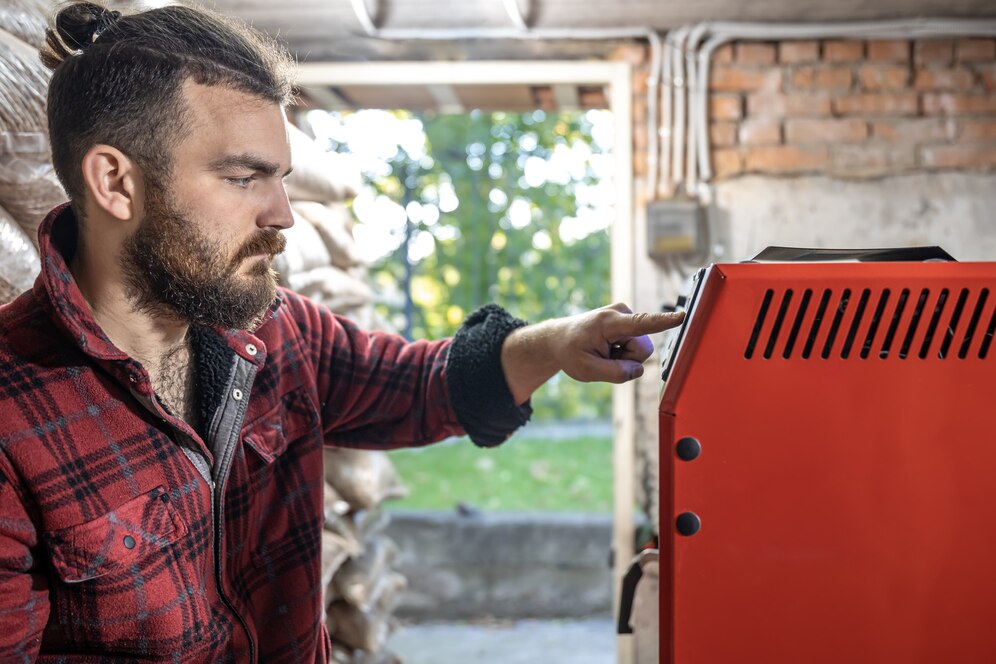Losing your primary source of heat during the colder months can be more than just uncomfortable; it can be a serious inconvenience, especially if you’re faced with a malfunctioning furnace. Whether you’re waiting for a repair service or looking for a temporary heating solution, there are several safe and effective alternatives to keep your home warm. Let’s explore some of the alternative heating solutions you can use when your furnace is out of commission.
1. Electric Space Heaters
Electric space heaters are a popular choice for emergency heating. They’re portable, easy to use, and can effectively warm up a small area quickly. When using space heaters, remember to keep them away from flammable materials and never leave them unattended. It’s also advisable to not use extension cords, as they can overheat.
2. Infrared Heaters
Infrared heaters are similar to electric heaters but use infrared technology to heat objects and people in the room directly, rather than the air around them. This makes them more energy-efficient and can provide a more comfortable heat.
3. Pellet Stoves
If you have access to a pellet stove, it can be an efficient way to heat up your space. Pellet stoves burn compressed wood or biomass pellets, which are more efficient and cleaner than traditional wood-burning solutions. However, they do require proper ventilation.
4. Fireplace
If you have a wood-burning or gas fireplace, it can be an excellent source of heat during a furnace outage. Ensure the chimney is clean and the flue is open before using it. Remember, fireplaces can be a fire hazard if not used responsibly.
5. Radiant Floor Heating
For homes equipped with radiant floor heating, this can be a good alternative to a furnace. Radiant heating provides even and efficient warmth throughout the room and is typically powered by electricity or hot water.
6. Electric Blankets or Heating Pads
For personal warmth, electric blankets or heating pads can be very effective. They are particularly useful for staying warm overnight when the temperatures drop.
7. Insulation and Sealing
While not a direct source of heat, improving your home’s insulation can help retain whatever heat is available. Use weather stripping around doors and windows, and insulate areas where cold air might be entering.
8. Dress in Layers
Wearing multiple layers of clothing can significantly increase your comfort level. Wool or thermal fabrics are especially good at retaining body heat.
9. Use Curtains Strategically
Open curtains during the day to let in sunlight and close them in the evening to keep the heat inside. This natural method can help raise the temperature in your home slightly.
10. Portable Gas Heaters
Portable gas heaters can be another option, but they need to be used with caution. Always ensure proper ventilation to avoid carbon monoxide poisoning, and follow the manufacturer’s safety guidelines.
Safety First
When using any alternative heating method, safety should be your top priority. Always follow the manufacturer’s instructions, and install carbon monoxide detectors in your home. Never leave heating devices unattended, and keep a fire extinguisher accessible.
While these alternatives can provide temporary relief, getting your furnace repaired or replaced should be your primary goal. In the meantime, these solutions can help keep you and your family warm and safe.





